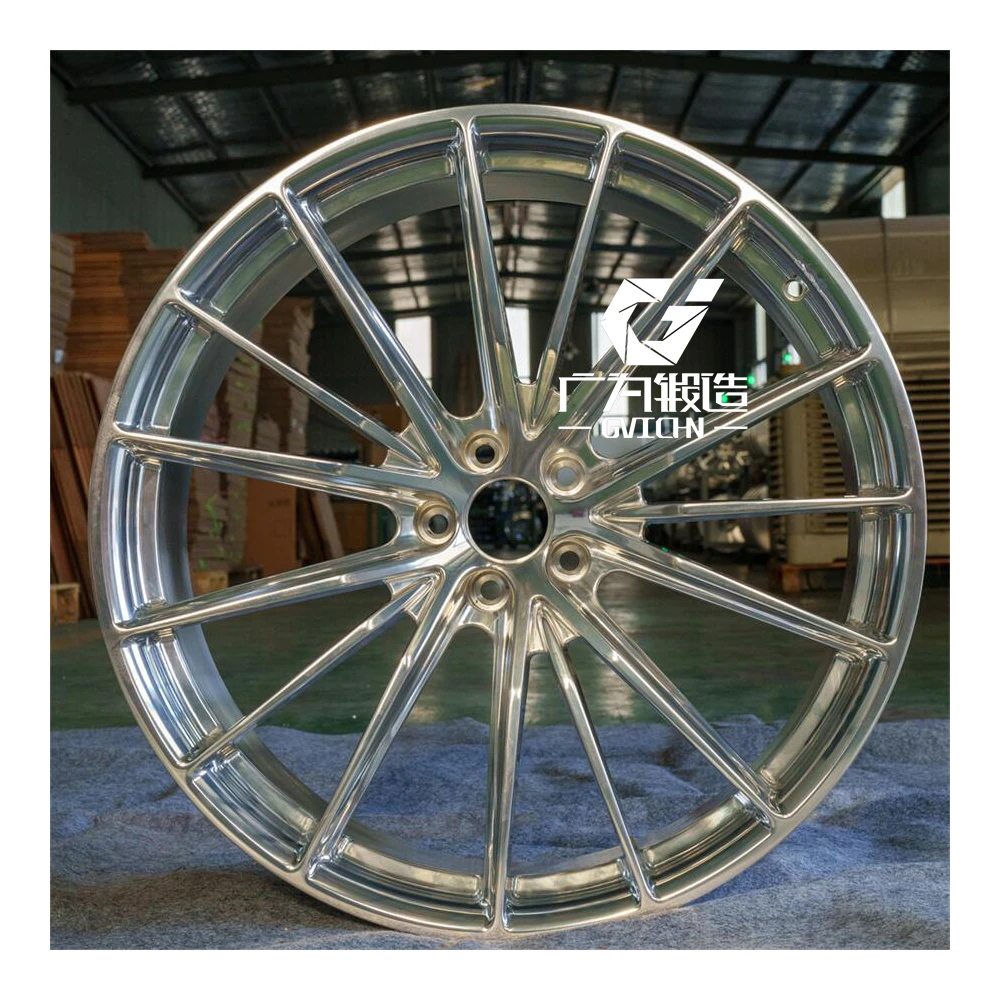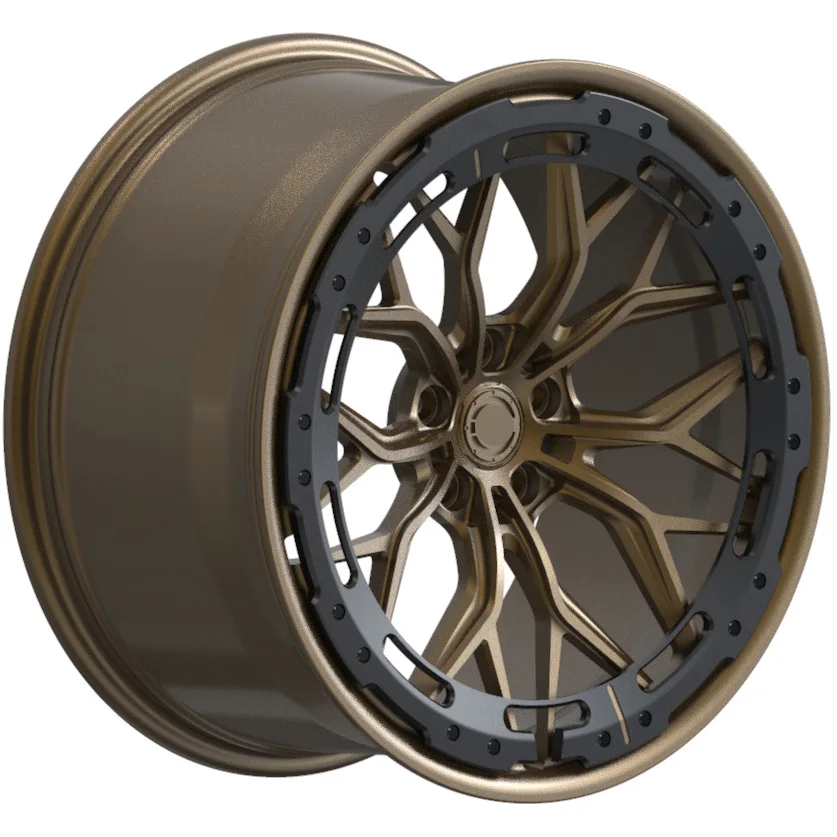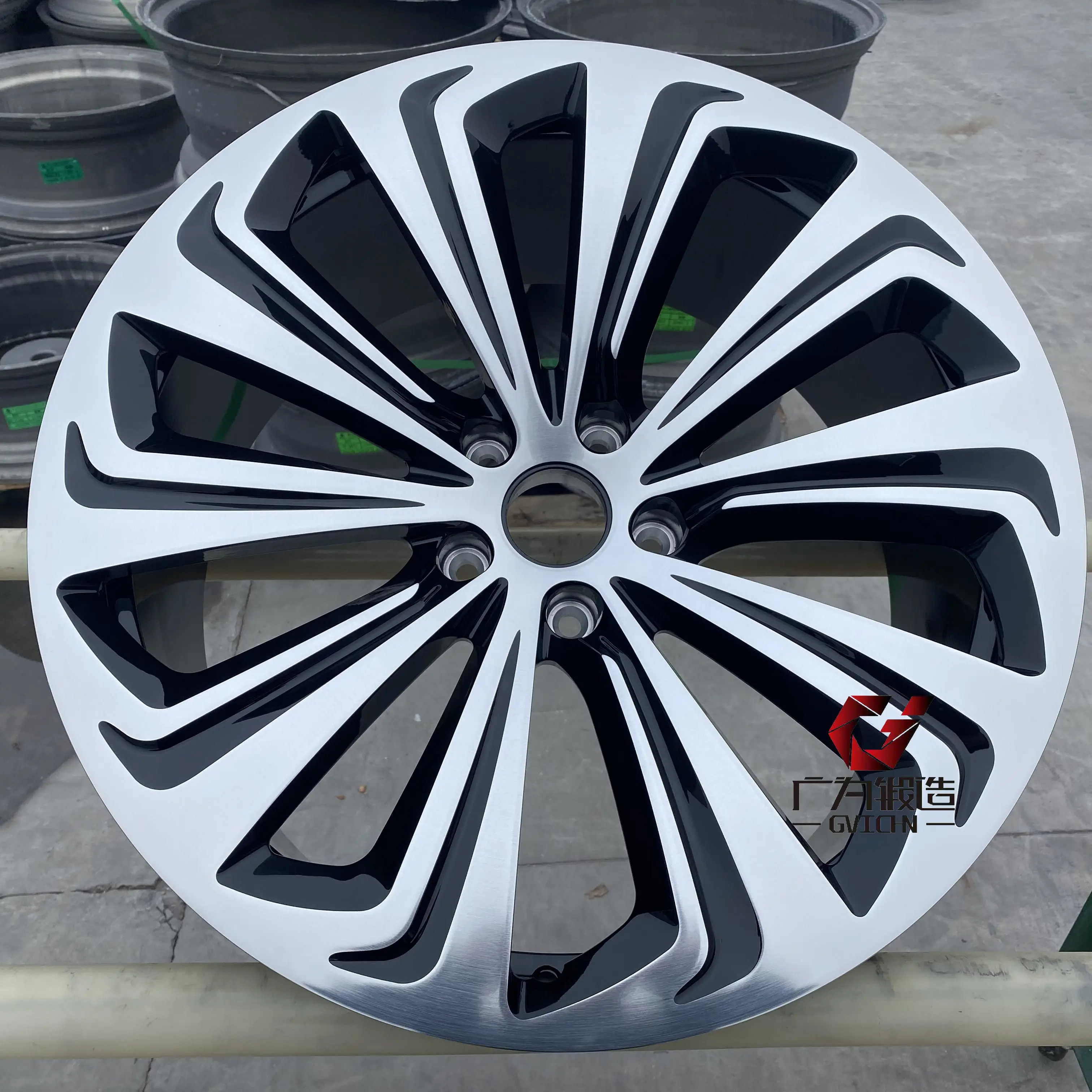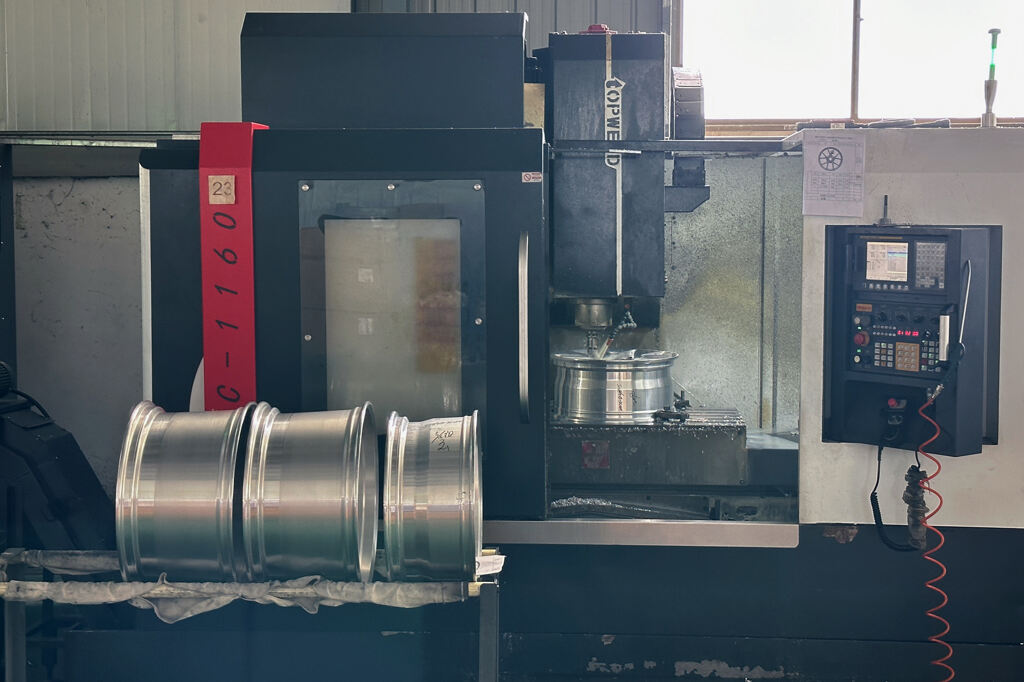Carbon Fiber Performance in Modern Engineering
Crystalline Structure & Tensile Strength
Carbon fiber's crystalline structure is key to its superior strength-to-weight ratio. The carbon atoms in carbon fiber are organized in parallel chains that form strong covalent bonds, offering exceptional tensile strength. When compared to traditional materials like steel and aluminum, carbon fiber stands out for its ability to bear high loads while being significantly lighter. For instance, whereas steel might possess a tensile strength of around 130,000 psi, carbon fiber typically reaches around 500,000 psi. This high tensile strength makes it an ideal choice for applications requiring robust load-bearing capabilities. The alignment of carbon atoms in carbon fiber maximizes its efficiency in distributing stress, boosting overall performance in a variety of industries, including automotive and aerospace.
Weight-to-Strength Ratio Advantages
The weight-to-strength ratio of carbon fiber is unparalleled, making it a highly sought-after material in modern engineering. Its application across various engineering sectors has revolutionized the way structures are designed and built. In the automotive and aerospace industries, for example, the use of carbon fiber allows for considerable reductions in weight without compromising strength, leading to improved energy efficiency. According to recent studies, vehicles incorporating carbon fiber components can achieve up to 30% better fuel economy. This efficiency is especially beneficial in racing and aerospace, where weight-sensitive designs see enhanced performance and reduced energy consumption, thus underscoring the transformative impact of carbon fiber.
Fatigue Resistance Compared to Metals
Carbon fiber exhibits remarkable fatigue resistance compared to metals, maintaining its structural integrity over extended periods of stress. In high-stress environments, such as aerospace and automotive manufacturing, the resilience of carbon fiber composites becomes evident. Unlike metals that may develop micro-cracks over time, leading to potential failure, carbon fiber maintains its strength and form, minimizing maintenance needs and extending the lifespan of components. Data from studies highlight that carbon fiber's failure rates are significantly lower than those of metals in cyclic loading applications. Industries reliant on materials that endure repetitive stress cycles, such as automotive and aerospace, widely adopt carbon fiber due to its superior fatigue resistance properties.
Innovations in Carbon Fiber Manufacturing
Plant-Based Epoxy for Recyclable Composites
Recent advancements in plant-based epoxy resins are revolutionizing carbon fiber composites, making them more recyclable and sustainable. These bio-based epoxies provide notable environmental benefits over traditional epoxy materials by reducing greenhouse gas emissions and promoting a circular lifecycle. Real-world applications are already underway, demonstrating improved sustainability metrics. For example, projects supported by the U.S. Department of Energy have utilized these innovative resins, showing significant potential in mass-market electric vehicles to decrease material costs and footprint. Such advancements not only make carbon fiber composites more environmentally friendly but also pave the way for broader impacts in the automotive industry.
Bitumen Feedstock: Cost-Effective Production
Bitumen emerges as an innovative feedstock option that enables cost-effective carbon fiber production while significantly reducing emissions. This approach highlights the economic advantages over traditional synthetic precursors, halving both the cost and carbon footprint of production. The impact of bitumen-based carbon fiber is profound, offering greater accessibility to high-demand materials for various industries. For example, Weixing Chen's research at the University of Alberta suggests the potential for large-scale production, revealing opportunities for industry disruption and enhanced global competitiveness in carbon fiber manufacturing.
Thermoplastic Composite Layering Techniques
Layering techniques in thermoplastic composites are improving manufacturing efficiency and reducing waste. These methods enhance the recyclability of thermoplastics, resulting in quicker processing times and less environmental impact. Industries such as automotive and aerospace have successfully adopted these techniques to achieve leaner production with less waste, showcasing improved recyclability and efficiency. For instance, the automotive industry has utilized layered thermoplastics extensively to reduce component weight and increase fuel efficiency, underscoring the significant benefits across various applications.
Hybrid vs. Pure Carbon Fiber Solutions
Mechanical Property Trade-Offs
When comparing hybrid carbon fiber materials to pure carbon fiber solutions, one must consider the trade-offs in mechanical properties. Hybrid carbon fiber, combining materials like glass or aramid fibers with carbon fiber, aims to balance cost and performance. This combination can alter properties such as stiffness, strength, and flexibility, often tailored to suit specific applications. For instance, while pure carbon fiber offers substantial tensile strength, hybrid composites can be engineered for increased flexibility or impact resistance. Research has shown that hybrid configurations can offer situational advantages, especially when a balance between performance metrics is required in fields such as automotive and aerospace.
Impact Resistance Customization
Customization of impact resistance in carbon fiber composites is vital for applications in high-stakes environments. Hybrid carbon fiber solutions allow for enhanced impact absorption by mixing carbon fibers with stronger, more pliable fibers like aramids. Case studies have demonstrated that hybrid solutions can provide significant advancements in impact resistance without compromising weight—an essential feature for automotive and sports equipment manufacturers. Experts emphasize the importance of such customizations in ensuring safety and durability, notably in automotive crash structures and protective sports gear where high-impact scenarios are common.
Thermal Stability in Automotive Applications
Thermal stability is a crucial characteristic of carbon fiber materials in automotive applications, as it directly impacts safety and efficiency. Carbon fiber's ability to withstand extreme temperatures without degrading makes it ideal for various automotive components. Evidence suggests that carbon fiber composites maintain structural integrity across a wide temperature range, enhancing safety. Automotive innovators leverage this thermal stability to develop parts such as engine components and body panels that can operate efficiently in high-temperature environments. Not only does this improve vehicle safety, but it also contributes to overall performance efficiency, highlighting the material's indispensable role in modern automotive design.
Recycling Breakthroughs for Sustainable Use
Methanolysis: Room-Temperature Depolymerization
Methanolysis presents a groundbreaking method for depolymerizing carbon fiber composites at room temperature, offering significant advantages for recycling processes. This approach substantially reduces energy consumption, improving process efficiency and sustainability. Recent research has demonstrated successful applications of methanolysis in industrial settings, showcasing its potential to revolutionize the recycling of carbon fiber materials. By enabling room-temperature operations, methanolysis not only minimizes environmental impact but also optimizes resource utilization in recycling facilities.
Closed-Loop Composite Reclamation
Closed-loop composite reclamation is a sustainable strategy that maximizes resource efficiency in carbon fiber recycling. This process involves reusing reclaimed carbon fiber composites to minimize waste and reduce the need for virgin materials. Notable examples include companies that implement closed-loop systems to enhance sustainability, significantly lowering the carbon footprint. Statistical evidence supports the success of these systems, illustrating substantial reductions in waste generation and an increase in resource efficiency, ultimately contributing to a more sustainable industrial ecosystem.
3D Printing with Recycled PLA Blends
Utilizing recycled PLA blends in 3D printing represents an innovative leap in recycling carbon fiber composites. This approach leverages the benefits of combining recycled materials with carbon fiber, enhancing the mechanical properties of printed products. Integrating recycled PLA blends not only supports eco-friendly product development but also pushes the boundaries of innovation. Various case studies have highlighted successful outcomes in 3D printing applications, demonstrating the potential of recycled materials to produce high-quality and sustainable products in diverse industries.
Automotive & Aerospace Applications
Lightweighting Strategies for EVs
Lightweighting is a critical strategy in enhancing the efficiency and performance of electric vehicles (EVs). Utilizing carbon fiber in EV design is pivotal to this approach due to its high strength-to-weight ratio. A reduction in weight directly translates to improved energy consumption and increased range capabilities. For instance, a 10% reduction in vehicle weight can result in a 7% improvement in energy efficiency. Major industry players, such as BMW with its i3 model, have successfully integrated carbon fiber into their vehicle components, showcasing significant advancements in both performance and energy conservation.
EMI Shielding in Aviation Components
Carbon fiber composites play a pivotal role in electromagnetic interference (EMI) shielding within the aerospace sector. These materials exhibit superior performance in reducing EMI, which is essential for maintaining the functionality of critical aviation components. For instance, studies suggest a reduction of up to 40 decibels in EMI with carbon fiber composites. Insights from aviation experts emphasize that effective EMI shielding is indispensable to the integrity and safety of aircraft systems, showcasing the essential role carbon fiber plays in modern aerospace design.
High-Temperature Engine Part Innovations
Recent innovations in engine parts have leveraged carbon fiber's capability to withstand high-temperature environments, which outperforms traditional metallic components. The thermal performance of carbon fiber is particularly advantageous due to its lower thermal expansion and higher thermal conductivity. For example, automotive giants like Lamborghini have utilized carbon fiber in their engine designs, illustrating not only enhanced thermal resistance but also a reduction in weight that enhances vehicle agility and speed. Such case studies underscore the transformative impact carbon fiber materials have on high-temperature applications.
Future of Carbon Fiber Composites
Bio-Based Feedstock Advancements
Bio-based feedstock advancements are revolutionizing the production of carbon fiber composites, offering significant sustainability benefits. By using renewable sources such as plant-based materials, these advancements promise to reduce reliance on fossil fuels and lower carbon emissions in the manufacturing process. Such innovations can lead to cost reductions and performance improvements, making bio-based carbon fiber a more eco-friendly option. For instance, research institutions like the National Renewable Energy Laboratory are pioneering studies in this field, exploring the potential of bio-based feedstocks in transforming carbon fiber production.
Multi-Lifecycle Material Engineering
Multi-lifecycle material engineering is paving the way for sustainable carbon fiber composites by addressing the circular economy framework. This approach focuses on designing materials that can be reused or recycled throughout multiple lifecycle phases, enhancing their environmental benefits. It offers substantial advantages in prolonging the usability of carbon fiber, which can significantly impact various industrial applications. By implementing strategies that support material recovery and reuse, industries can not only reduce waste but also maximize resource efficiency, thereby supporting the development of sustainable products.
AI-Driven Defect Detection Systems
AI-driven defect detection systems are transforming quality control in carbon fiber manufacturing. By leveraging artificial intelligence technologies, these systems can identify defects with unprecedented precision, ensuring enhanced product quality and consistency. Companies utilizing AI in their production processes have reported success stories, highlighting improved quality control measures and reduced production waste. The future implications of AI technology for sustainability and efficiency in production are immense, as it enables manufacturers to optimize processes, reduce errors, and promote environmental responsibility.







 Hot News
Hot News
 ONLINE
ONLINE